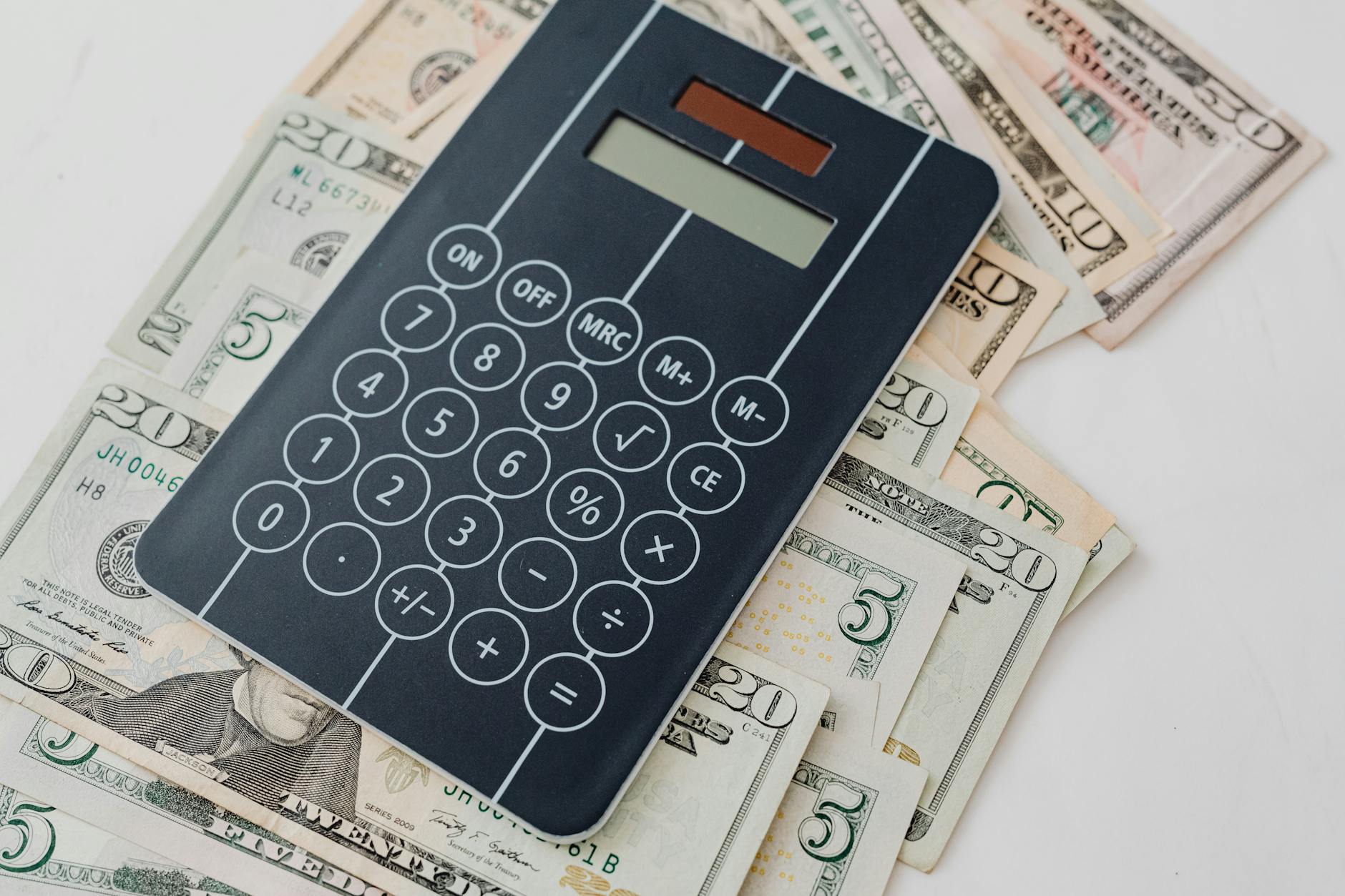You are not bad with money, you are human. Saving feels hard when prices jump and surprises pop up. Realistic goals calm the noise and give you a plan you can actually follow. Here is a clear path for 2025: assess where your money goes, define your goals, then automate and review. Simple steps, real progress.
Assess Your Current Financial Situation First
 Photo by Photo By: Kaboompics.com
Photo by Photo By: Kaboompics.com
Knowing your income, expenses, and debts sets the base for goals that stick. Start by tracking your spending, then sort it into needs, wants, and savings or debt. The 50/30/20 rule keeps it simple: 50% needs, 30% wants, 20% savings or debt payoff.
Focus on high-interest debt early. Credit card rates can be painful, so every dollar saved there frees up cash fast. While you pay it down, build a small buffer so a flat tire or copay does not wipe you out.
Aim for an emergency fund equal to 3 to 6 months of essential bills. It protects your progress from setbacks.
Free tools help in 2025. Try your bank’s budgeting features, or simple options like Google Sheets, Apple Numbers, or apps with free tiers.
Track Your Income and Expenses Easily
Keep it light so you stick with it:
- Review bank and card statements each month.
- Log daily spends for a week, then weekly after that.
- Tag big categories, like groceries, gas, housing, insurance.
Prices have been pressured by inflation, especially for groceries and fuel. A quick review shows where costs crept up and what to trim without feeling deprived.
Tackle High-Interest Debt Before Saving More
Credit cards often charge 20% or more, which eats future savings. Use the debt snowball for motivation:
- List debts by balance, smallest to largest.
- Pay minimums on all, add extra to the smallest.
- When one is gone, roll that payment to the next.
Keep a small auto-transfer to savings so the habit forms, even while you attack debt.
Define Clear and Achievable Savings Goals
Dream big, start small. Name your goals, then translate each into a monthly target. Example: a $10,000 down payment in 12 months means about $833 per month. Make your goals SMART, meaning specific, measurable, achievable, relevant, and time-bound. With 2025’s shifting rates and prices, the “achievable” part matters most.
Build Your Emergency Fund as Priority One
Start with a $1,000 mini goal, then grow to 3 to 6 months of essentials like rent, food, utilities, insurance, and transport. Park this in a high-yield savings account. As of October 2025, many pay about 4.2% to 4.5% APY. Rates may drift lower after recent Fed cuts, so earning something beats letting cash sit idle.
Break Down Big Dreams into Monthly Steps
- A $5,000 family trip, save $200 per month for 25 months.
- A $20,000 home down payment in two years, save about $834 per month.
Adjust when life changes. Got a raise or new childcare costs? Update the plan and keep your momentum.
Make Saving Automatic and Track Your Wins
Automation removes willpower from the equation. Separate accounts for each goal make progress visible. Then review monthly and tweak as needed. Consistency builds freedom, even with market swings and price shifts.
Set Up Automation for Effortless Saving
Use bank tools like Ally or Capital One to schedule transfers right after payday. Start small if needed, even $25 per paycheck. You can raise it later without painful cuts.
Review and Adjust Goals Every Month
Do a 15-minute check-in:
- Compare planned vs. actual savings.
- Update for bonuses, refunds, or surprise bills.
- Celebrate small wins, like hitting your first $1,000.
A quick chart or progress bar helps you see movement, which keeps you locked in.
Conclusion
Set yourself up to win. Assess your money, define clear goals, automate transfers, and review monthly. Start with one action today, like tracking spending for the next week. Small steps compound into wealth and lower stress in 2025. What is your top savings goal right now? Share it in the comments and commit to your first step.
